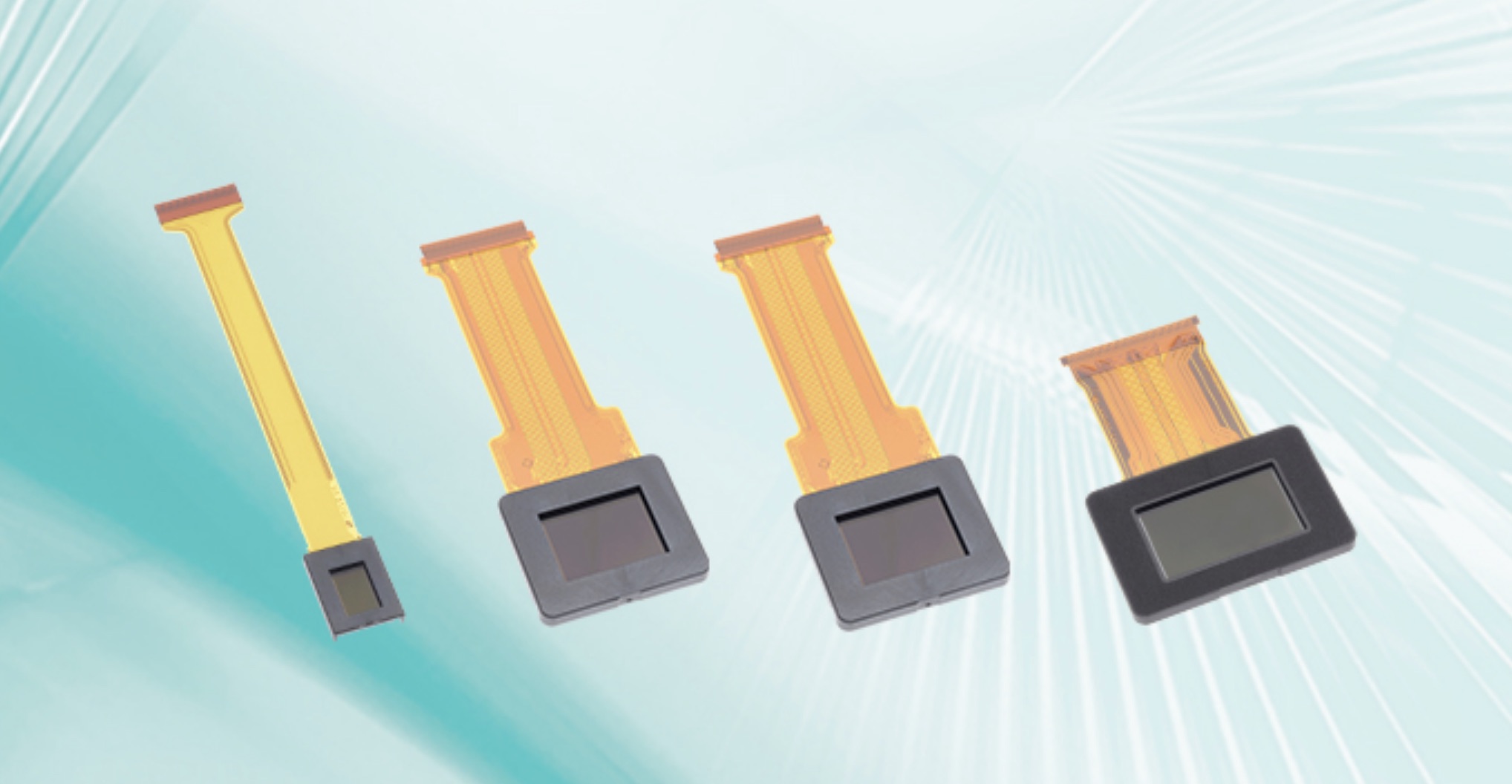
Earlier this week, Japanese publication Nikkan Kogyo Shimbun reported that Sony will supply Apple with OLED microdisplays for its widely rumored AR/VR glasses, as spotted by Mac Otakara. The report has since been corroborated by display industry analyst Ross Young, who said multiple sources have informed him that Apple is indeed planning to use Sony's microdisplay technology for its head-mounted accessory.

A generic mockup of AR glasses
According to FRAMOS, a supplier of embedded vision technologies, Sony's OLED microdisplays are small, cutting-edge displays with an ultra-fast response rate, ultra-high contrast, a wide color gamut for precise color reproduction, high luminance, low reflectance, and other benefits that would be ideal for Apple's glasses:
Sony's microdisplays also have integrated drivers for a thin and light design, and power-saving modes are available for longer battery life.OLED (Organic LED) Microdisplays from SONY® Semiconductor Solutions are cutting-edge small video displays providing fast response, high-contrast image technology and precise color reproduction. The very thin displays bring greater visual impact to applications in AR/VR/MR, broadcasting, electronic view finders, industrial maintenance and medical. With large aperture and high luminance, a wide color spectrum, less reflectance and a high dynamic range they operate in extreme speed without showing any motion blur.

Young said the glasses will use a 0.5-inch display with a 1,280x960 resolution, and these specs appear to correspond with Sony's ECX337A component. According to Sony's website, this microdisplay in particular has a max brightness of 1,000 nits, an ultra-high contrast of 100,000:1, and an ultra-fast response rate of 0.01 ms or less.
The high contrast provided by Sony's microdisplays allows an additional information layer to appear seamlessly, and not as an overlay. "This information is simply added to the background for a 'real AR' experience," according to FRAMOS.

According to the Nikkan Kogyo Shimbun, Apple plans to release its AR/VR glasses in 2021, but analyst Ming-Chi Kuo does not expect a release until 2022 at the earliest. Young also believes that the glasses will be introduced in the first half of 2022. For a recap of all rumors to date, be sure to read our detailed Apple Glasses roundup.
Article Link: Apple Glasses Will Reportedly Use Sony's 'Cutting-Edge' OLED Micro-Displays to Deliver 'Real AR Experience'
Last edited:

